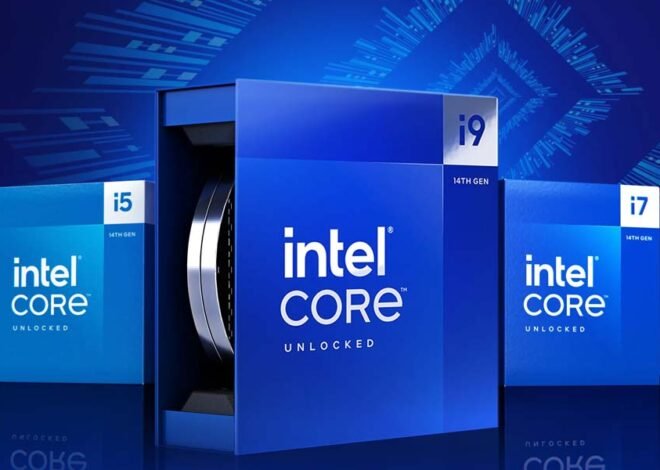
Computer Basics for Beginners: 30 Key Computer Terms You Need to Know
Understanding basic computer terms is essential whether you’re new to technology or just brushing up on your knowledge. From the components inside your computer to the software that powers it, these terms will help you navigate the digital world with confidence. In this guide, we’ll explore 20 common computer terms and their meanings, all explained in simple, friendly language. By the end, you’ll have a clearer understanding of how your devices work and how you can use them more effectively.
Operating System (OS): The main software that runs on your computer, managing hardware and software resources. Examples include Windows, macOS, and Linux.
CPU (Central Processing Unit): The part of the computer that performs most of the processing inside the machine. It’s like the brain of the computer, handling instructions and calculations.
RAM (Random Access Memory): The short-term memory of your computer where it temporarily stores data it’s currently working on, helping to make everything run faster.
Hard Drive (HDD) / Solid State Drive (SSD): These are storage devices where your files, applications, and the operating system are kept. SSDs are faster and more reliable than traditional HDDs.
GPU (Graphics Processing Unit): A specialized processor that handles everything related to graphics and visuals, making it essential for gaming, video editing, and design work.
Motherboard: The main circuit board that connects all the components of your computer, such as the CPU, RAM, and storage, allowing them to communicate with each other.
Firewall: A security feature that monitors and controls the data coming in and out of your computer, protecting it from viruses and hackers.
IP Address (Internet Protocol Address): A unique string of numbers assigned to each device on a network, serving as its address on the internet.
DNS (Domain Name System): The system that converts human-friendly domain names (like www.example.com) into IP addresses that computers use to identify each other on the network.
Browser: Software used to access and view websites on the internet, such as Google Chrome, Mozilla Firefox, or Safari.
Cache: A small amount of memory that stores recently accessed data for quick retrieval, speeding up the operation of your computer and apps.
Malware: Malicious software designed to harm your computer or steal your data. Common types include viruses, worms, and ransomware.
Cloud Computing: A service that allows you to store and access data and applications over the internet instead of on your computer’s hard drive.
Virtual Machine (VM): A software-based simulation of a computer that allows you to run multiple operating systems on a single physical machine.
Encryption: The process of converting data into a coded form to protect it from unauthorized access, commonly used for securing sensitive information.
HTTP/HTTPS (HyperText Transfer Protocol / Secure): Protocols used for transmitting web pages over the internet. HTTPS is the secure version, encrypting data for protection.
Router: A device that directs data between different networks, like your home network and the internet, ensuring your devices can communicate with each other and the web.
Bandwidth: The maximum amount of data that can be transmitted over a network in a given amount of time, usually measured in bits per second (bps).
Ethernet: A common technology used for wired networking, allowing computers and other devices to communicate over a local area network (LAN).
Backup: The process of copying and storing data so it can be restored in case of a hardware failure, data corruption, or other emergencies.
SSD (Solid State Drive): A type of storage device that uses flash memory, making it faster and more reliable than traditional hard drives.
URL (Uniform Resource Locator): The address of a web page on the internet. For example, “www.example.com” is a URL.
Virus: A type of malicious software that can replicate itself and spread to other computers, often causing harm or stealing information.
Spam: Unwanted or unsolicited messages, often sent in bulk, usually over email. Spam can sometimes contain harmful links or attachments.
Phishing: A type of online scam where attackers trick you into providing sensitive information, like passwords or credit card numbers, by pretending to be a trustworthy entity.
Bluetooth: A wireless technology that allows devices like phones, laptops, and headphones to communicate with each other over short distances.
Network: A group of computers and devices connected together to share resources, like files or an internet connection.
Server: A computer or system that provides data, services, or programs to other computers, known as clients, over a network.
Pixel: The smallest unit of a digital image, often represented as a tiny square of color. The resolution of an image or screen is measured in pixels.
Cookie: A small piece of data stored on your computer by a website, used to remember information about your visit, like login details or preferences.



